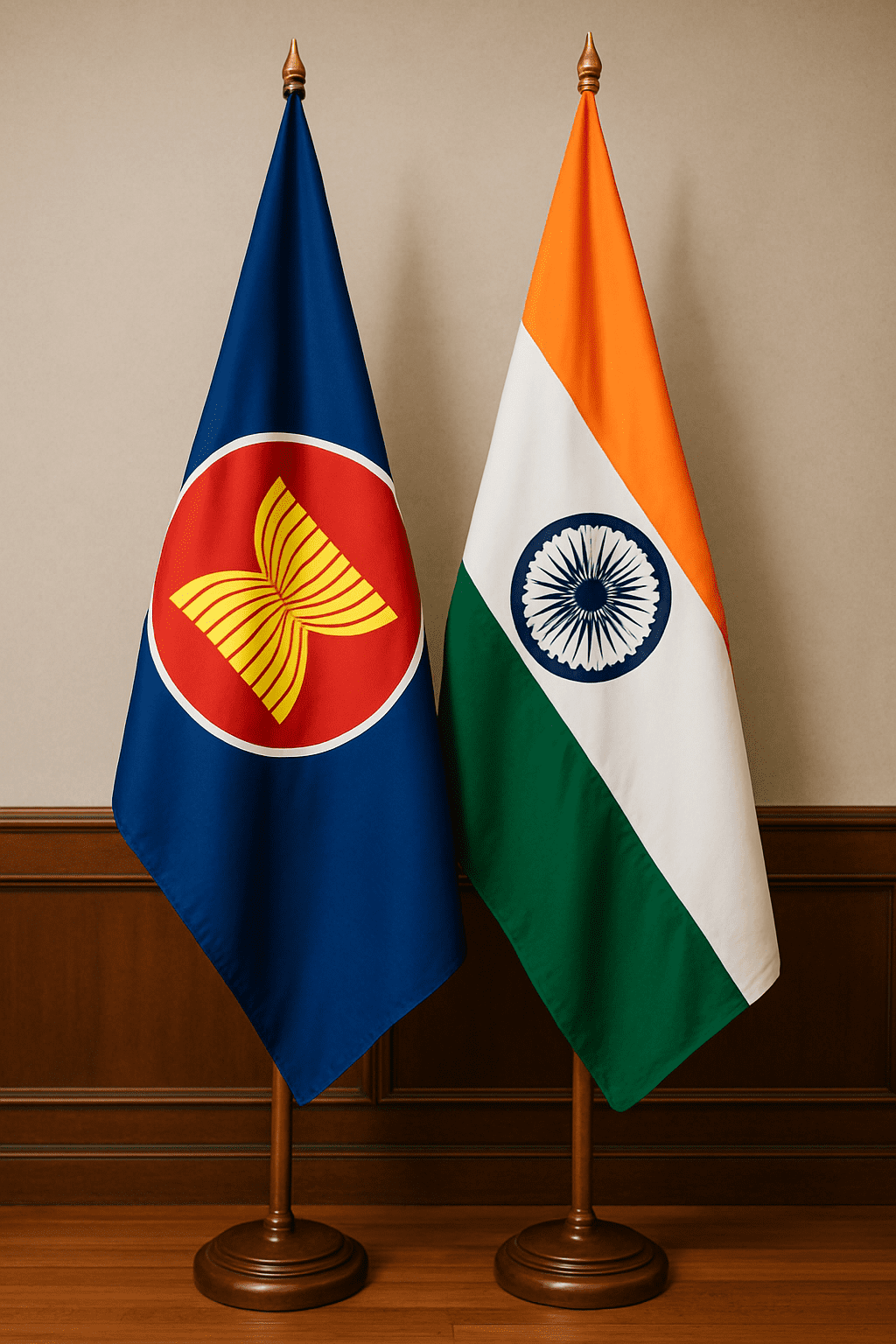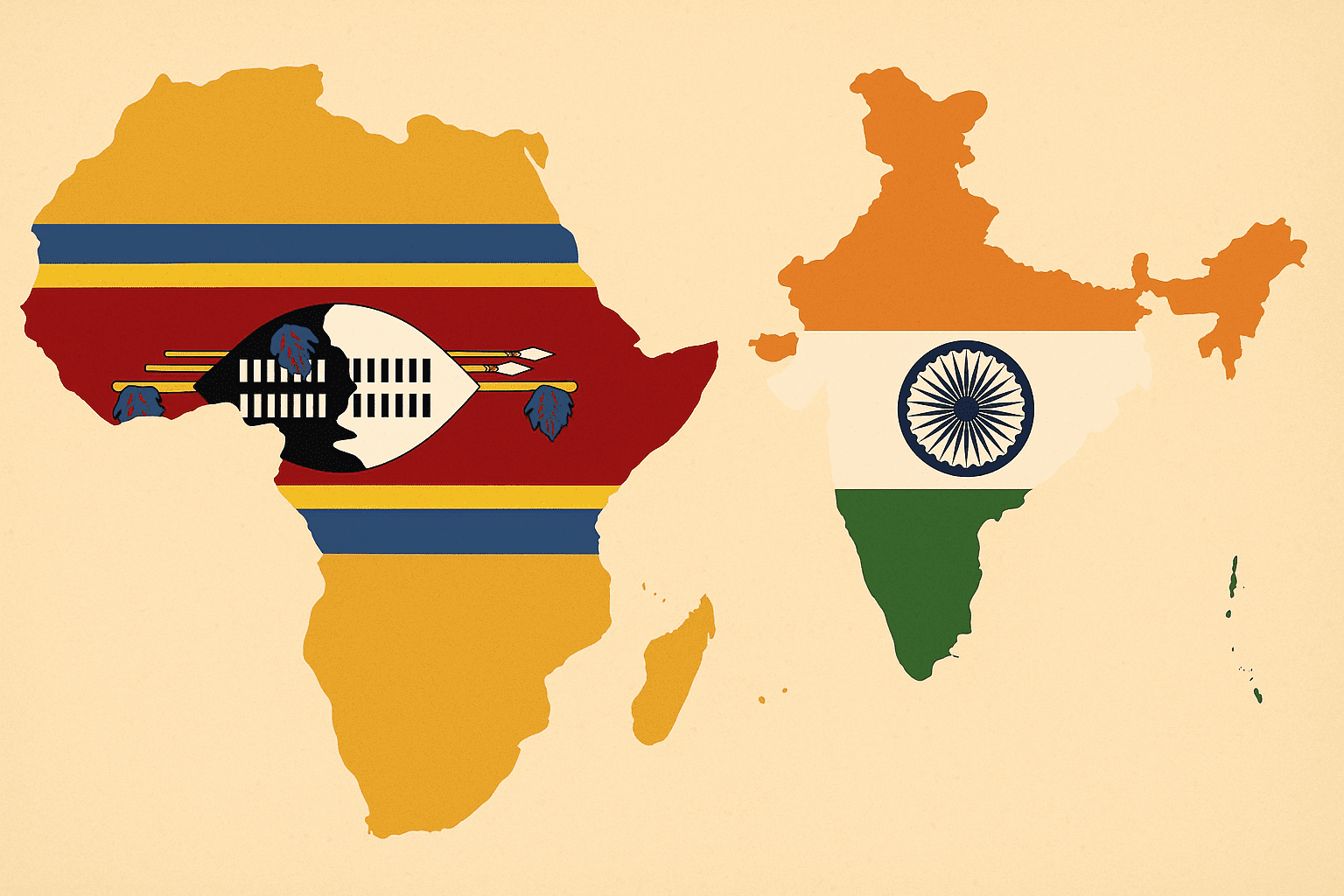On June 19, 2025, Commerce Minister Piyush Goyal branded ASEAN the “B‑Team of China,” blaming the ASEAN–India Trade in Goods Agreement (AITIGA) for a ballooning trade deficit—from $5 billion in 2010–11 to $44 billion in 2024–25—and accusing ASEAN members of serving as conduits for Chinese exports. While India’s concerns over rules‑of‑origin loopholes are legitimate, the sweeping label ignores ASEAN’s economic and strategic autonomy.
China is ASEAN’s largest partner, but the bloc also engages robustly with India, the U.S., Japan, and the EU. Vietnam resists Beijing’s South China Sea claims, Indonesia conducts joint naval drills with New Delhi, and Malaysia chairs ASEAN 2025 under “Inclusivity and Sustainability.” India itself is ASEAN’s fourth‑largest trading partner and a co‑author of regional infrastructure projects and defence exercises.
Beyond Southeast Asia, India’s neighbourhood faces strains: Bangladesh’s political upheaval threatens Indian investments; Nepal and Bhutan court Beijing; and the Maldives and Sri Lanka juggle Chinese loans. Simultaneously, India juggles U.S. sanctions over Russia ties even as it deepens Quad cooperation and seeks closer Indo‑Russian energy and technology links.
Goyal’s rhetoric may appease domestic critics but risks driving ASEAN—and its neighbours—closer to Beijing. A more effective path would be technical fixes to AITIGA’s rules, quiet diplomacy to rebalance trade, and targeted partnerships: defence innovation with Vietnam, maritime security with Indonesia, and energy grids with Bangladesh. In today’s multipolar Indo‑Pacific, India’s stature grows not by denigrating partners but by forging respectful, diversified alliances.

